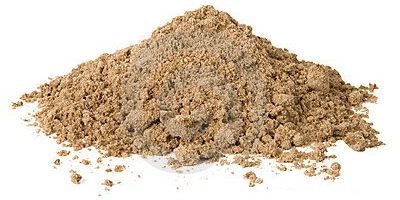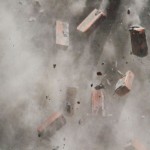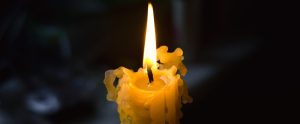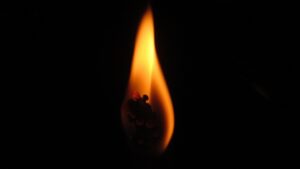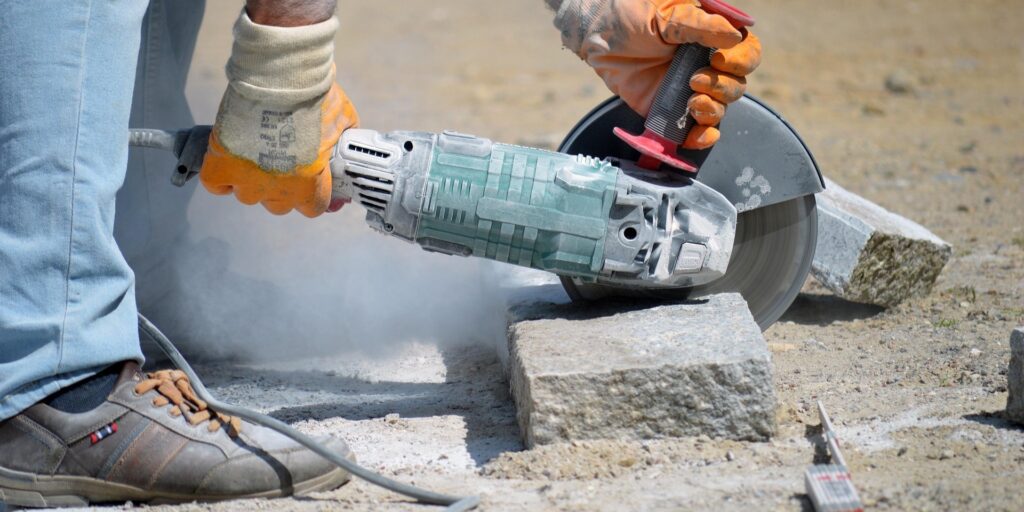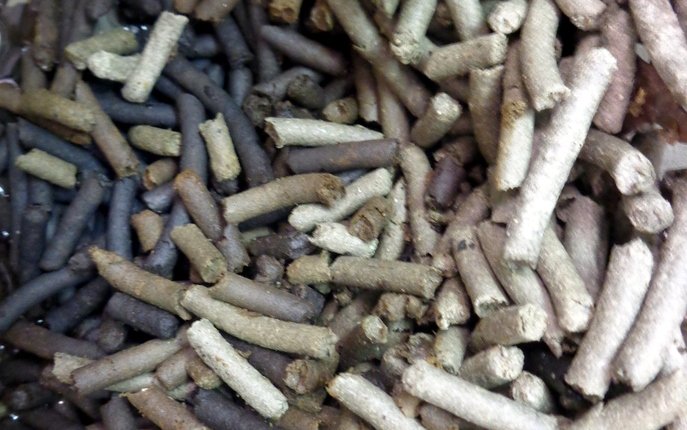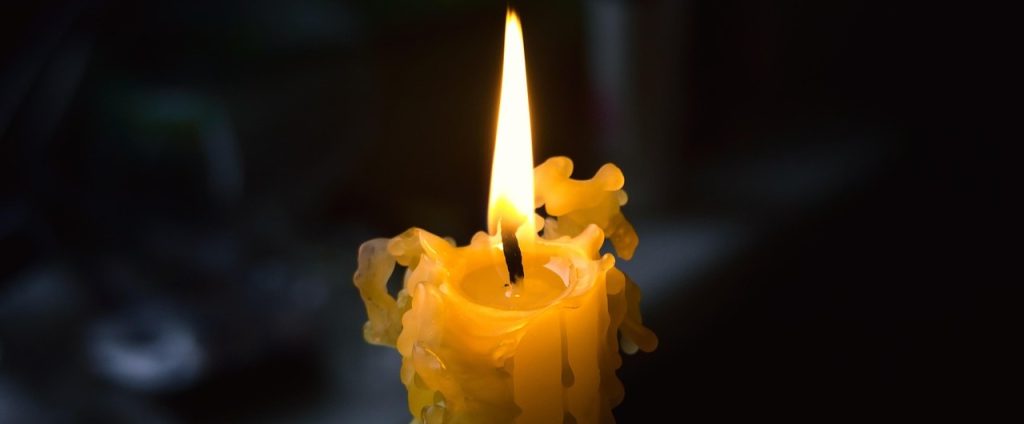Crystalline silica, a common mineral found in construction materials, poses significant health risks when inhaled as dust. The inhalation of crystalline silica can lead to severe respiratory diseases, including silicosis and lung cancer. Testing construction materials for their crystalline silica content is an essential first step in assessing workplace hazards. This screening helps determine whether a silica exposure control program is necessary, potentially eliminating the need for costly air monitoring if no crystalline silica is present.
Forms of Silica Analysed:
-
- Quartz: Found in over 99% of samples, quartz is the most common and hazardous form of crystalline silica in construction materials.
- Cristobalite: Present in trace amounts (<1%), cristobalite forms at high temperatures and is often found in refractory materials, such as bricks and sand used in iron casting.
- Tridymite: Extremely rare and typically not a concern for most industrial applications.
Technical Details of the Analysis
At LCS Laboratory Inc., we specialize in analysing bulk materials to determine their crystalline silica content.
- We utilize a modified version of the NIOSH 7602 method, recognized for its accuracy in silica analysis.
- The test requires only 1-2 grams of material, ideally in fine dust form, for precise measurement. Your sample will be pulverized into fine dust to ensure its homogeneity
- Our detection sensitivity is down to 0.5% for both quartz and cristobalite.
- The relative standard deviation of our testing procedure is 11%
Benefits of Choosing LCS Laboratory
- Accurate Results: Our test method ensures precise identification and quantification of crystalline silica.
- Safety Assurance: Quickly identify hazardous materials and make informed decisions about worker protection plans.
- Cost-Efficiency: Avoid unnecessary air quality testing if materials are confirmed silica-free.
- Expert Guidance: Benefit from our technical expertise in industrial hygiene and silica hazard assessment.
- Timely Reporting: Receive results promptly to keep your projects on schedule.
Take Action Today
Ensure your construction materials meet safety standards and protect your workforce from silica exposure risks. Contact LCS Laboratory Inc. to discuss your project or order a crystalline silica test.

